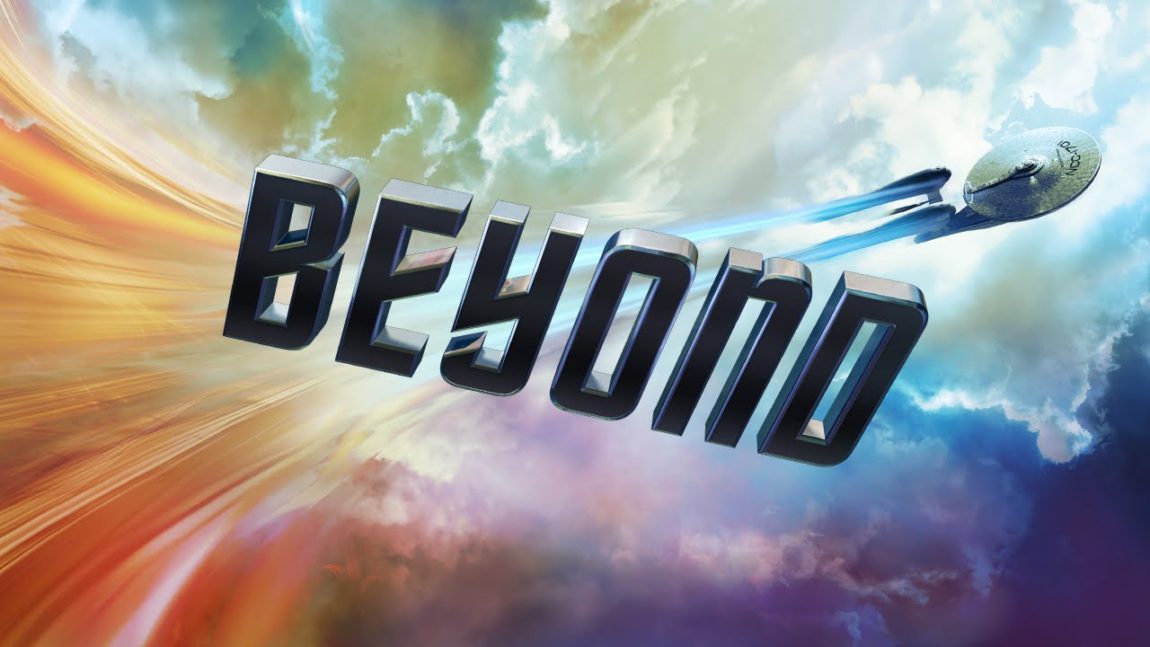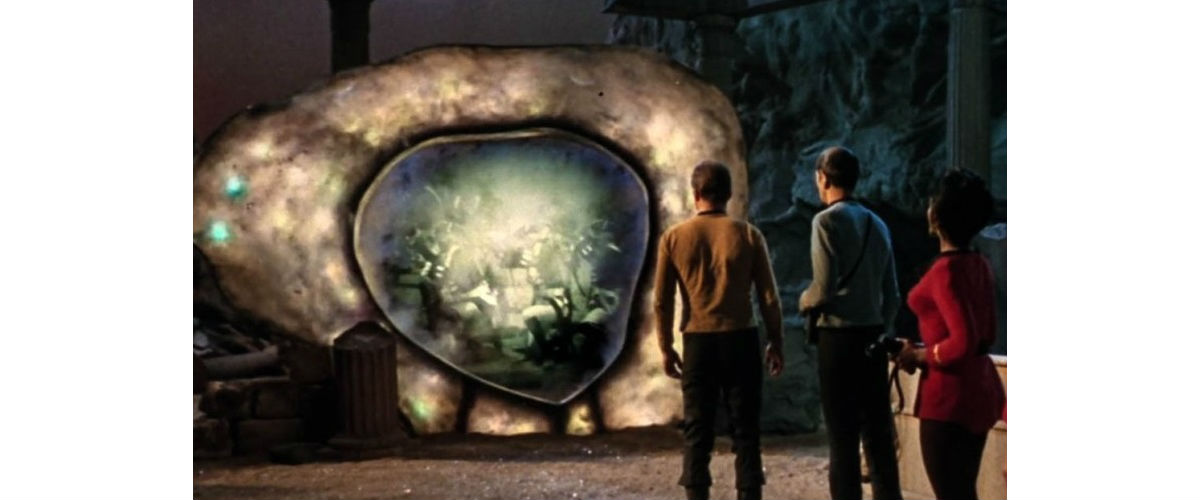Everything I knew about Lara Croft I had learned from magazine ads. Croft and her well-endowed polygons had an inescapable association with the adolescent boys’ club that was gaming in the ‘90s. Although I had never played a Tomb Raider game, I knew who she was — or rather, I knew how marketing teams wanted me to perceive her.

To me, Lara Croft was little more than the embodiment of someone’s digital wet dream — a pixelated piece of eye candy meant to attract the overwhelmingly male gamer demographic. The end goal was to get them buy the games, graphics cards, and whatever else she was being used to shill. I know I wasn’t the only one who held this unsatisfactory outlook of her, but the saddest part was Lara was the heroine of her own video game — the face for not only an entire franchise but the publisher, Eidos, as well. Although she may not have been on quite the same level as Mario and Sonic, she was distinct and recognizable. No other female game character from the ‘90s had the reach Lara had. So if you hadn’t played the games, as I hadn’t, she seemed like little more than a sex object. You couldn’t fully grasp the empowering position she held during those times, both for women in gaming and gaming culture at large — at least not from the chauvinistic way the marketing focused on her physical appearance.
Then Tomb Raider, the 2013 reboot by Crystal Dynamics, changed it all for me. Crystal Dynamics made a tremendous effort in distancing Lara Croft away from her titillating roots and turning her into a compelling character worthy of the modern gaming audience.
Crofty Goals

When Crystal Dynamics first rebooted the series in 2006 with Tomb Raider Legend, Lara seemed very much the same buxom, gun-toting adventuress we were all familiar with. Later, after a well-received but poor-selling sequel in 2008, Lara’s image still hadn’t seen much improvement in appealing to an increasingly diverse gaming audience. The games and ads that catered to the boy’s club were disappearing (although there will always be exceptions), however, so was Lara’s relevance.
Action-adventure games like Uncharted were doing similar things but were smashing sales, so that after twelve years it seemed like the world Lara had grown up in had begun moving on. But the success of Uncharted proved there was still room for a game of Lara’s caliber. It was the character’s image who needed to change, and so Crystal Dynamics rebooted the series once again. This time, Lara Croft would be getting an image facelift.
Tomb Redesigner
In a time where game narratives rely on strong characters to relate to and/or sympathize with, Tomb Raider needed a Lara Croft who could fail. Not the player biffing it on some jumping puzzle, mind you — Lara herself. Instead of letting us play Lara as an experienced adventuress, Tomb Raider lets us guide an unproven newbie through her first real test. She’s still capable enough to make gameplay engaging — we don’t have to teach Lara how to fire a gun, thankfully — but we do get to see Lara’s abilities and confidence grow in a way that is both cinematic and satisfying. Seeing her unfold as a character makes her considerable abilities seem more well-earned and grounded.

What I never got from the “gun-toting babe” image of the ‘90s was a sense for Lara’s humanity and depth, but Tomb Raider’s Lara has both. Her appalled reaction after killing her first man, her insistence that she save a pilot who had crashed even though she had others relying on her — this was a side of her I had never seen before, had never even considered from the ads, gameplay clips, and wretched live action movie. As such, Tomb Raider doesn’t feel like a game made for boys; it feels like a game made for gamers. It still utilizes a third person camera, but it isn’t fixed behind Lara so you can ogle at her rear-most pixels; it’s free-looking to let you identify paths and points of interest for Lara to traverse and discover. There are no gratuitous T&A fan service shots to titillate the player; every close-up of Lara is meant to enhance the scene, such as a dynamic camera shift after a bridge falls away. The camera work is committed to preserving the new cinematic style, causing tension and urgency.
Lara’s relationships with other characters in the game reinforce her new image. By giving her characters to care about, the game allows Lara’s own characterization to grow. As she goes from an untested, inexperienced newbie to a hardened adventurer willing to fight for her beliefs, other characters fall on either side of this spectrum in how they treat her. Some treat her like a child (Whitman), while others support or revere her (Sam). Others still straddle the line somewhere in-between (Roth), feeling protective of her but recognizing her ability and resolve. The reboot explores this middle ground as a central theme, testing Lara again and again to push her toward becoming a stronger, more independent character. Allowing Lara to reach this level over time lets the audience connect with her on a deeper, more emotional level instead of on a purely superficial one.
Love Croft
However adequate the old games used to be, Lara Croft is now equipped to not only inherit the mantle but completely forge a new one. 2013’s Tomb Raider was a critical success, praised for its gameplay and the new direction it took its heroine. It got a sequel, 2015’s Rise of the Tomb Raider, which furthers Lara’s adventures with new locales and enemies to overcome. The reboot of Lara Croft on such a fundamental level was long overdue — along with my need for my perception of her to change.
I had always wanted Lara to have her chance to be a real character — a proper icon for gaming, rather than just a pretty face. Beauty will still sell, and I can’t say how long it will be before that concept is truly challenged, but at least now Lara Croft is waving her banner in the more modernized camp. Gaming has come a long way from its ignorant, adolescent origins. It’s not perfect now, but with the new Lara Croft, we’re headed someplace much, much better.








